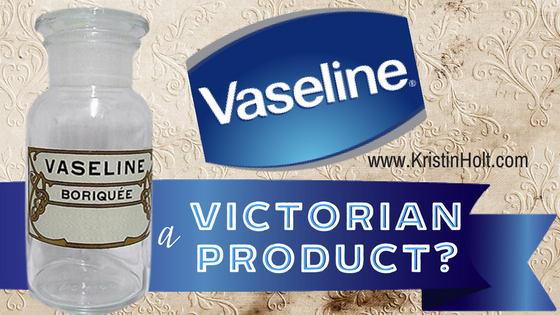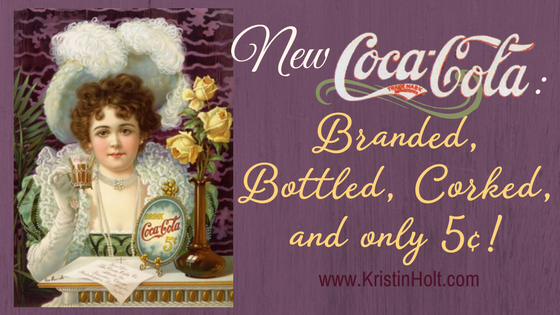
Vaseline: a Victorian Product?
If you had to guess, would you suppose that petroleum jelly (specifically, Vaseline brand) was a nineteenth century “invention”? Too late? Too early? Pick a year, any year. Then open this article. Prepare to be amazed!

If you had to guess, would you suppose that petroleum jelly (specifically, Vaseline brand) was a nineteenth century “invention”? Too late? Too early? Pick a year, any year. Then open this article. Prepare to be amazed!

In Part 2 of this blog series, I share 70 newspaper clippings from Victorian America, wherein reports abound that husbands have sold their wives. Prices range from $0.05 (5 cents) to thousands of dollars (US, Victorian). I provided price comparisons, just for impact. Throughout, I provided my opinions regarding TRUTH or JOKE. Ultimately, there had to be some of both. What a bizarre practice!

In the 1890s, Coca-Cola bottled their carbonated beverage, first in cork-sealed bottles. Metal caps came along relatively quickly. The company went through many different glass bottles until settling on their branded shape that is still in use today. Coca-Cola’s logos changed very little through the years, and the Victorian-era Spencerian script is still Coke’s highly recognizable choice today. Each glass (or bottle), about 6 oz. each, sold for just 5¢. Initially promoted as a health-promoting, illness-defeating tonic (patent medicine), the beverage was soon advertised as a refreshing beverage…and with good reason.

The Soda Fountain was a hallmark of late Victorian-era United States culture. Numerous patents and patent renewals show the developments in technology–just how complicated and how effectively simple the designs were. Vintage newspaper articles explain Europe’s reaction to Dows’ Soda Fountain in the American Restaurant at Paris’s Universal Exhibition. Soda fountains have come a long way!

In the 19th century American West, Gingham was more than checked fabric made of cotton–it was also striped. Any woven cotton cloth made of pre-dyed alternating threads (plaid, striped, or checked) was called gingham. Why would pioneers (or frontiersman, or Old West women) select gingham? What made this fabric practical? Why would we name an anthology with Gingham in the title?